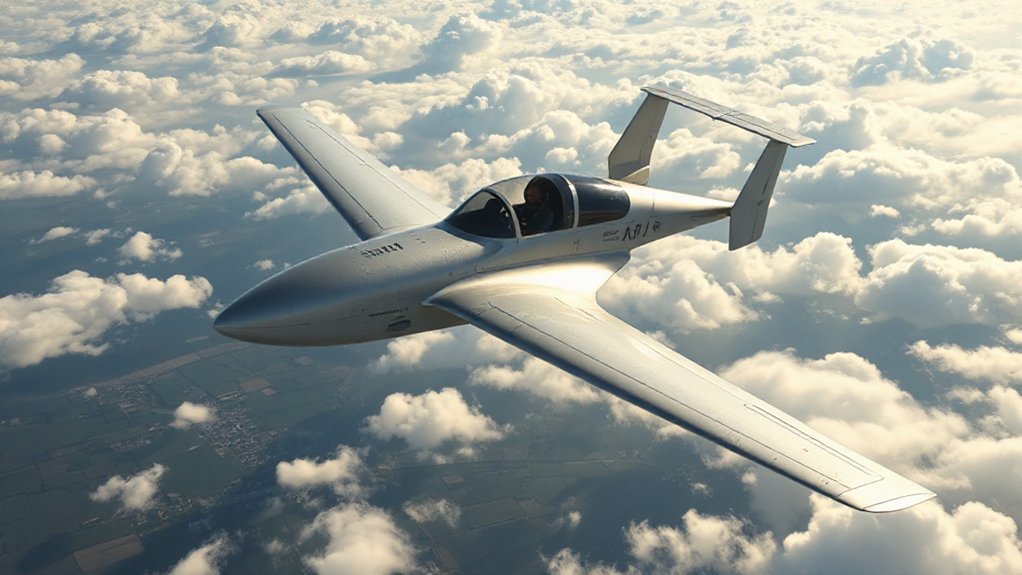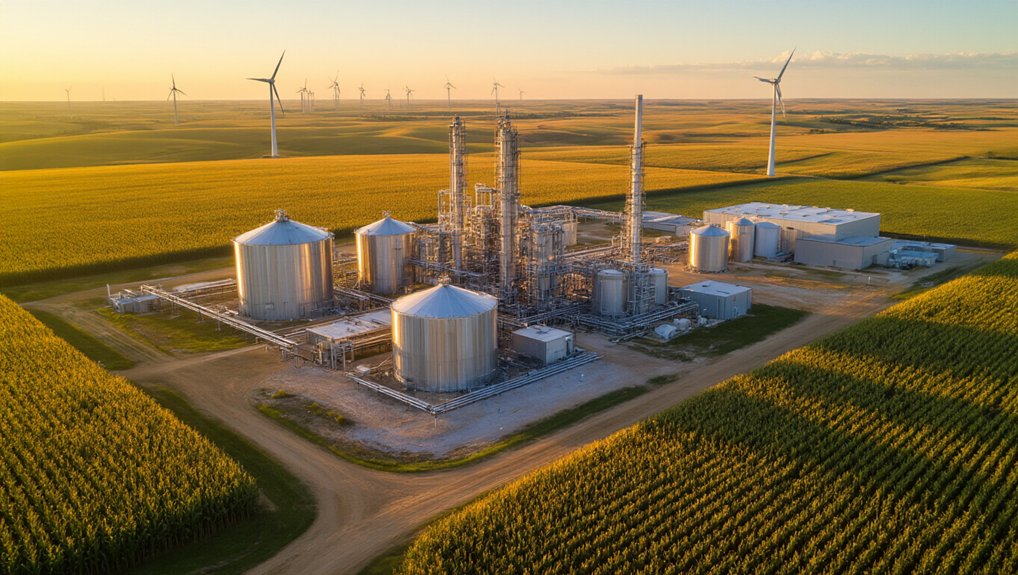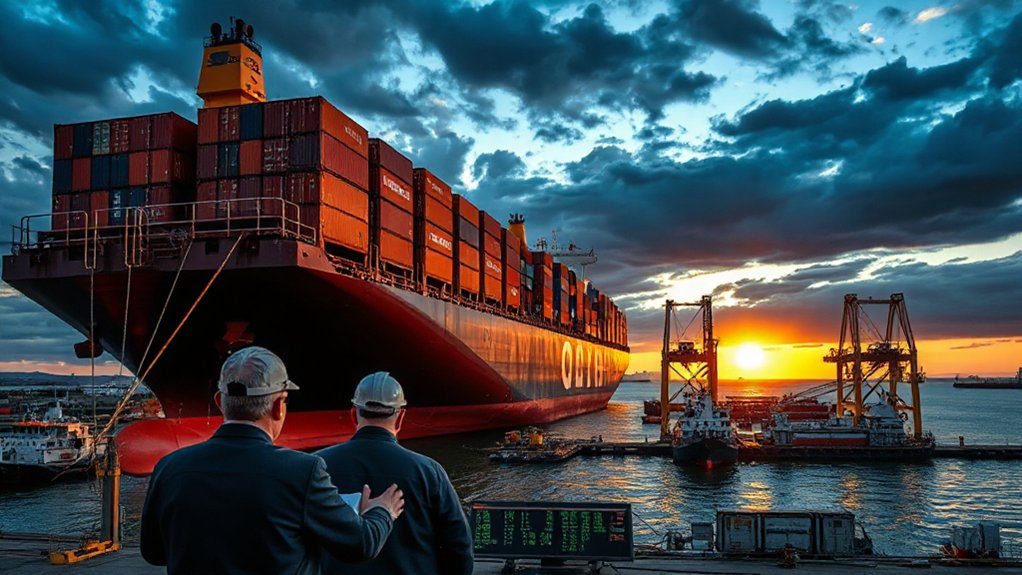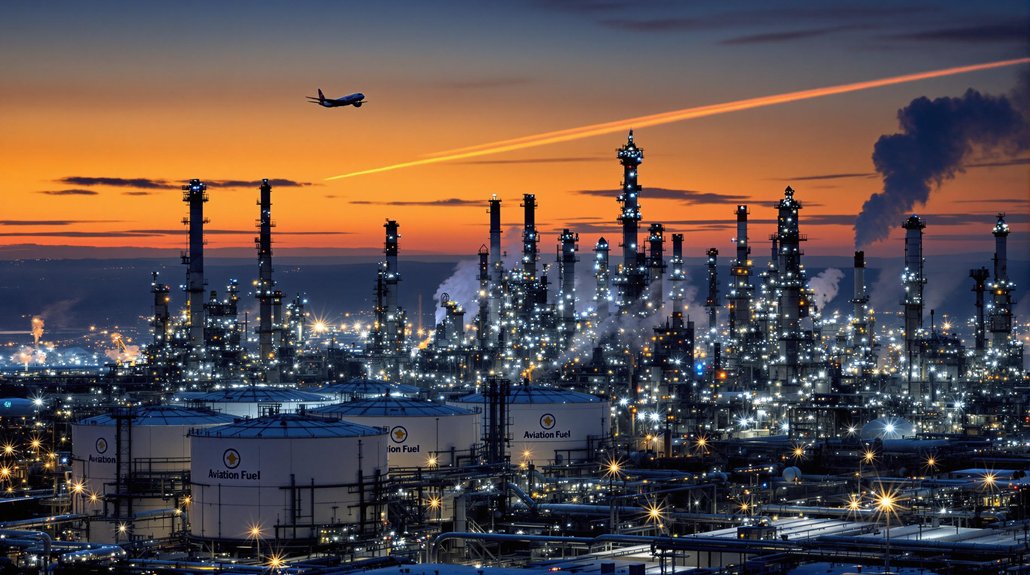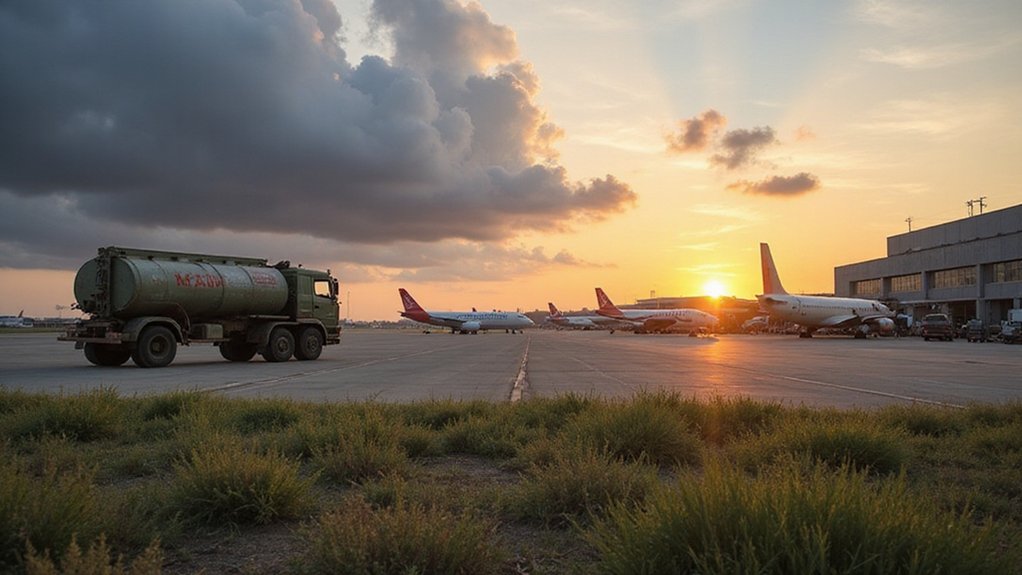History took flight in September 2023 when the world’s first piloted liquid hydrogen-powered electric aircraft soared above Maribor, Slovenia. The HY4 demonstrator aircraft, operated by H2FLY, completed not just one, but four successful test flights. Zero emissions. Zero compromises. Just pure hydrogen-electric propulsion showing the aviation world what’s possible.
One of these flights lasted over three hours. Not bad for a technology some skeptics claimed would never get off the ground. The modified twin-fuselage Pipistrel Taurus aircraft relied entirely on a hydrogen-electric fuel cell system, proving that liquid hydrogen isn’t just science fiction fodder anymore. It’s here, it works, and it’s doubling the potential flight range compared to gaseous hydrogen.
Liquid hydrogen isn’t science fiction anymore—it’s flying for hours and doubling range potential.
Let’s talk numbers. We’re looking at a jump from 750 kilometers to a whopping 1,500 kilometers (932 miles) of range. That’s the difference between a regional hop and genuine medium-haul capability. The secret? Liquid hydrogen’s higher energy density means lower tank weight and volume. Physics for the win.
This breakthrough didn’t happen in a vacuum. The project HEAVEN consortium brought together heavy hitters including Air Liquide, Pipistrel Vertical Solutions, DLR, EKPO Fuel Cell Technologies, and Fundación Ayesa. European government money well spent, for once. This innovative project demonstrates the feasibility of cryogenic hydrogen in aircraft as a crucial step toward emissions-free aviation.
The cryogenic storage system and fuel cell technology innovations aren’t just clever engineering—they’re foundation stones for the future of commercial aviation. H2FLY will now focus on commercial applications following these successful test flights. Similar to how tech companies are investing in Small Modular Reactors for clean energy, major aviation players are directing resources toward hydrogen propulsion development. Airbus and other manufacturers are already eyeing 2035 for hydrogen-powered commercial aircraft. Ambitious? Sure. Necessary? Absolutely.
For an industry desperately seeking decarbonization solutions, these flights matter. The path from this modest twin-fuselage demonstrator to commercial airliners is long and complex. But you’ve got to start somewhere.
And starting with a three-hour flight powered by nothing but hydrogen and electricity? That’s one hell of a beginning.
References
- https://www.h2fly.de/2023/09/07/h2fly-and-partners-complete-worlds-first-piloted-flight-of-liquid-hydrogen-powered-electric-aircraft/
- https://www.jobyaviation.com/news/joby-subsidiary-h2fly-worlds-first-liquid-hydrogen/
- https://www.pipistrel-aircraft.com/heaven-project-completes-worlds-first-piloted-flight-of-liquid-hydrogen-powered-electric-aircraft/
- https://www.aopa.org/news-and-media/all-news/2023/september/13/going-greener-with-liquid-hydrogen
- https://www.weforum.org/videos/this-is-the-first-piloted-flight-of-an-electric-aircraft-fuelled-by-liquid-hydrogen/
- https://evtol.news/news/worlds-first-hydrogen-fuel-cell-powered-robinson-r44-helicopter-makes-first-flight-in-bromont-qc
- https://cordis.europa.eu/article/id/449245-first-piloted-flight-of-liquid-hydrogen-powered-electric-aircraft
